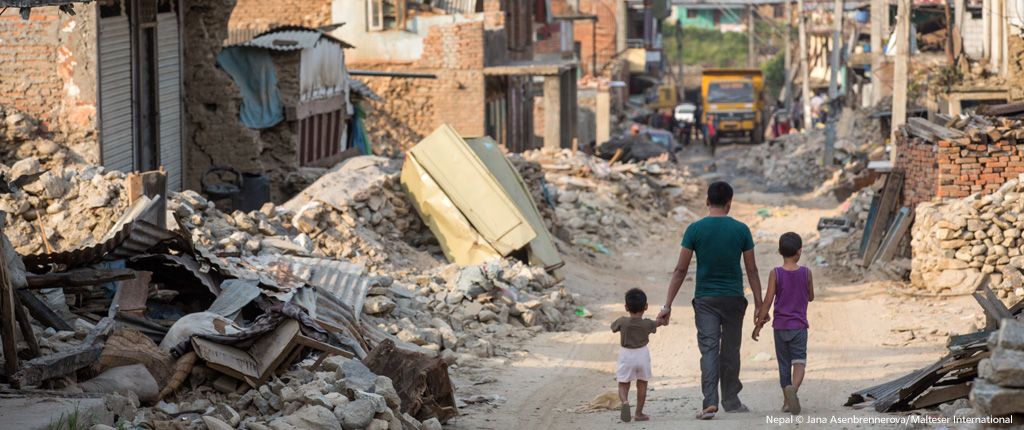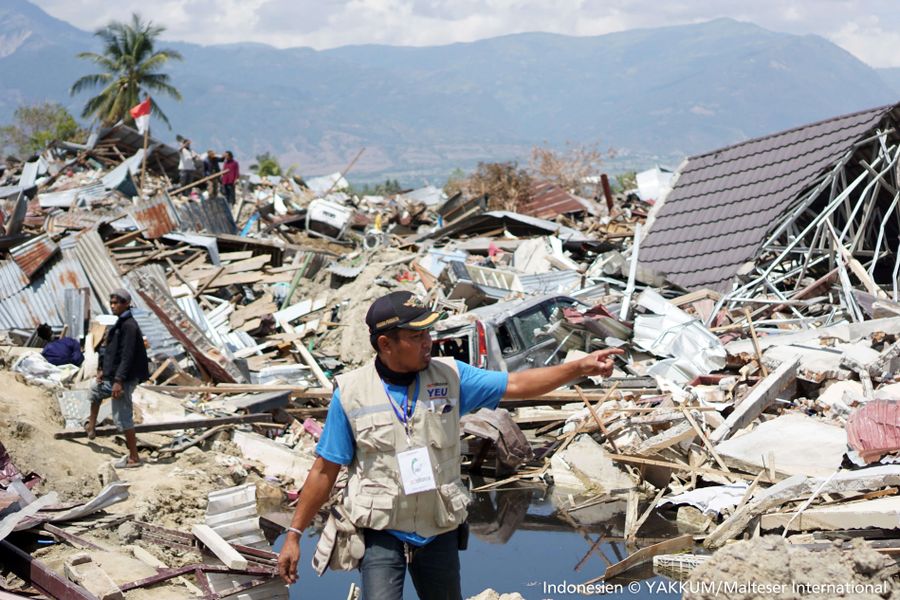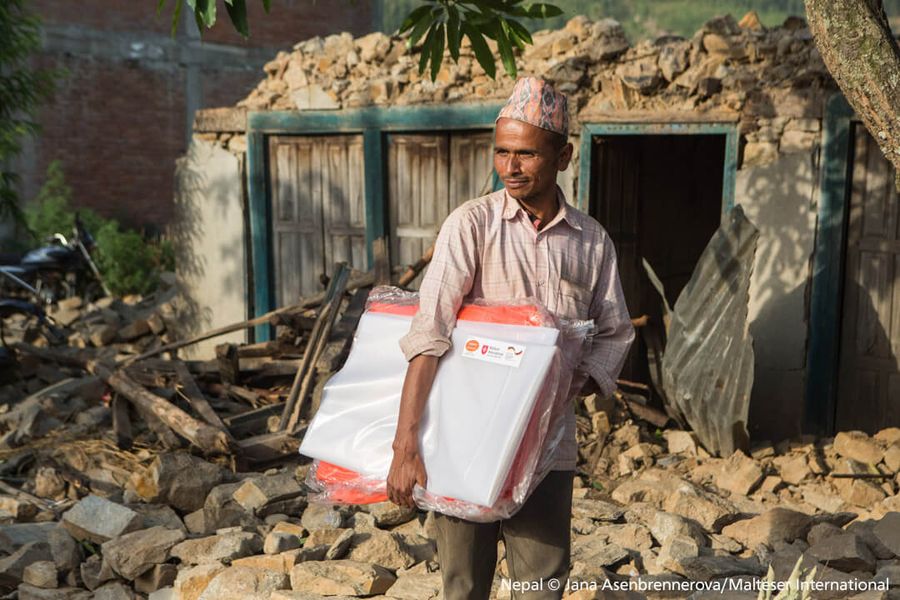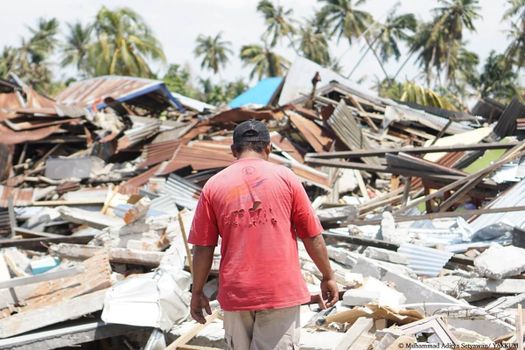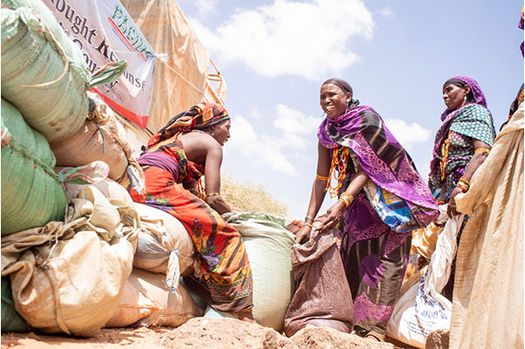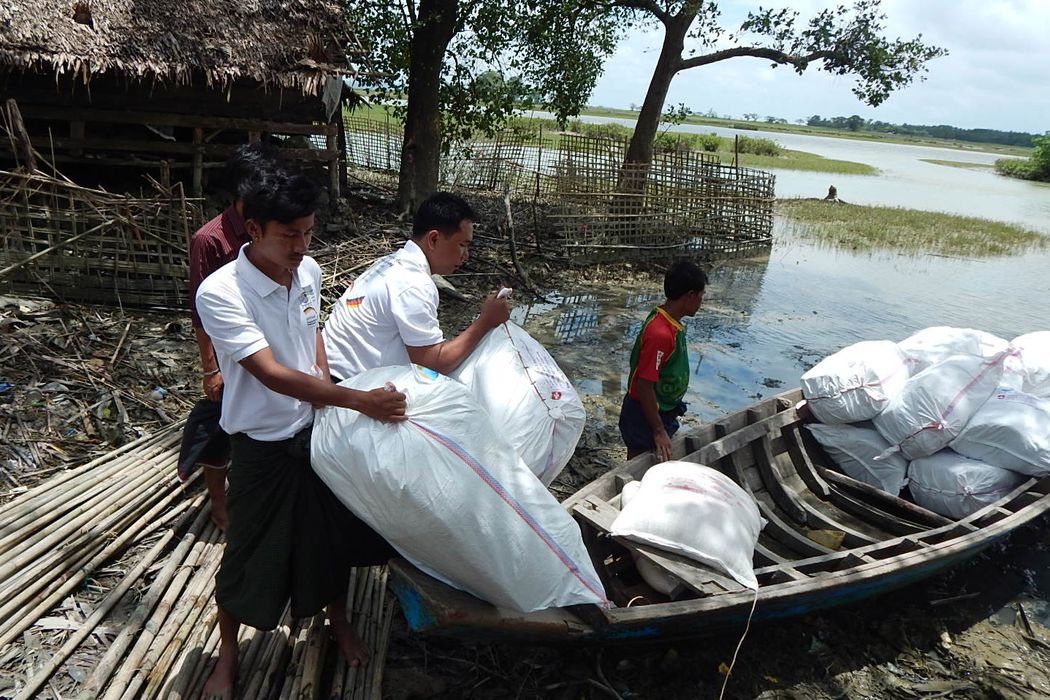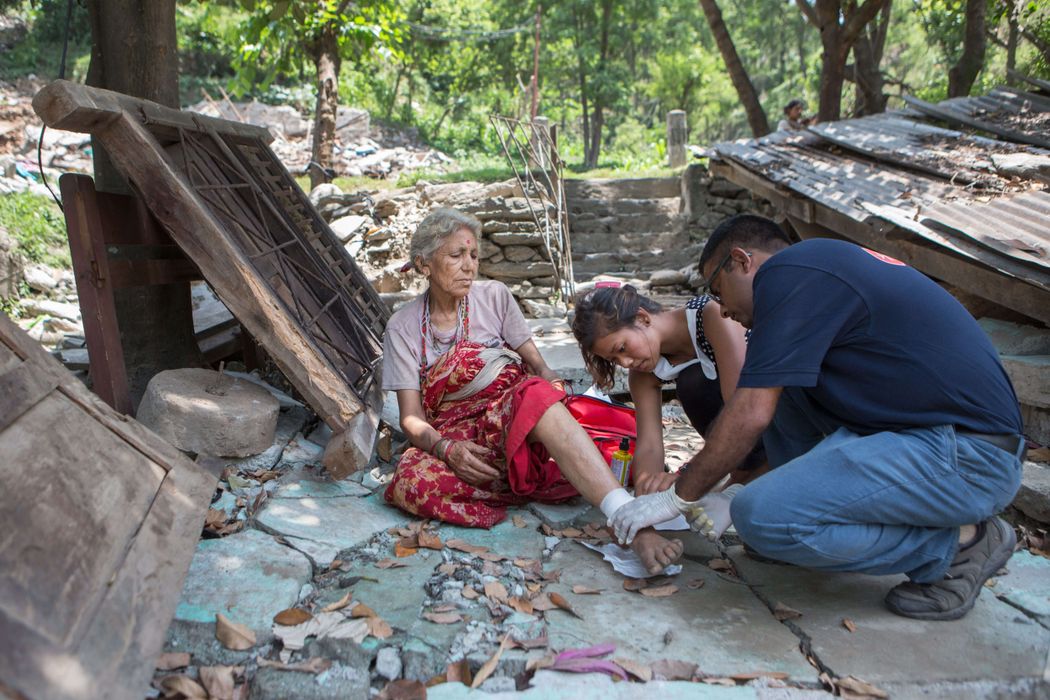There are several types of natural disasters that have different effects on people and the environment.
The most common natural disasters are floods, storms, earthquakes and droughts. The number of floods, in particular, has increased significantly in recent years, as water levels are rising rapidly due to climate change, human intervention in natural watercourses and heavy precipitation.
In addition, forest fires, volcanic eruptions, landslides and extreme temperatures also count as natural disasters, even though they occur much more rarely.
According to the CRED (Centre for Research on the Epidemiology of Disasters) the following natural disasters occur most frequently:
- Floods (most frequent natural disaster overall) Storms
- Earthquakes
- Extreme temperatures Landslides
- Droughts
- Forest fires
- Volcanic eruptions
While destructive natural events are rare in many countries, others are particularly vulnerable to disasters and extreme weather events. Countries in high-risk regions of Africa, South America and Asia are particularly at risk of disasters such as floods, droughts, earthquakes and tsunamis. For example, long periods of drought are a major threat to the population, particularly in Africa, while hurricanes and earthquakes are becoming more frequent in Central America and Asia.

